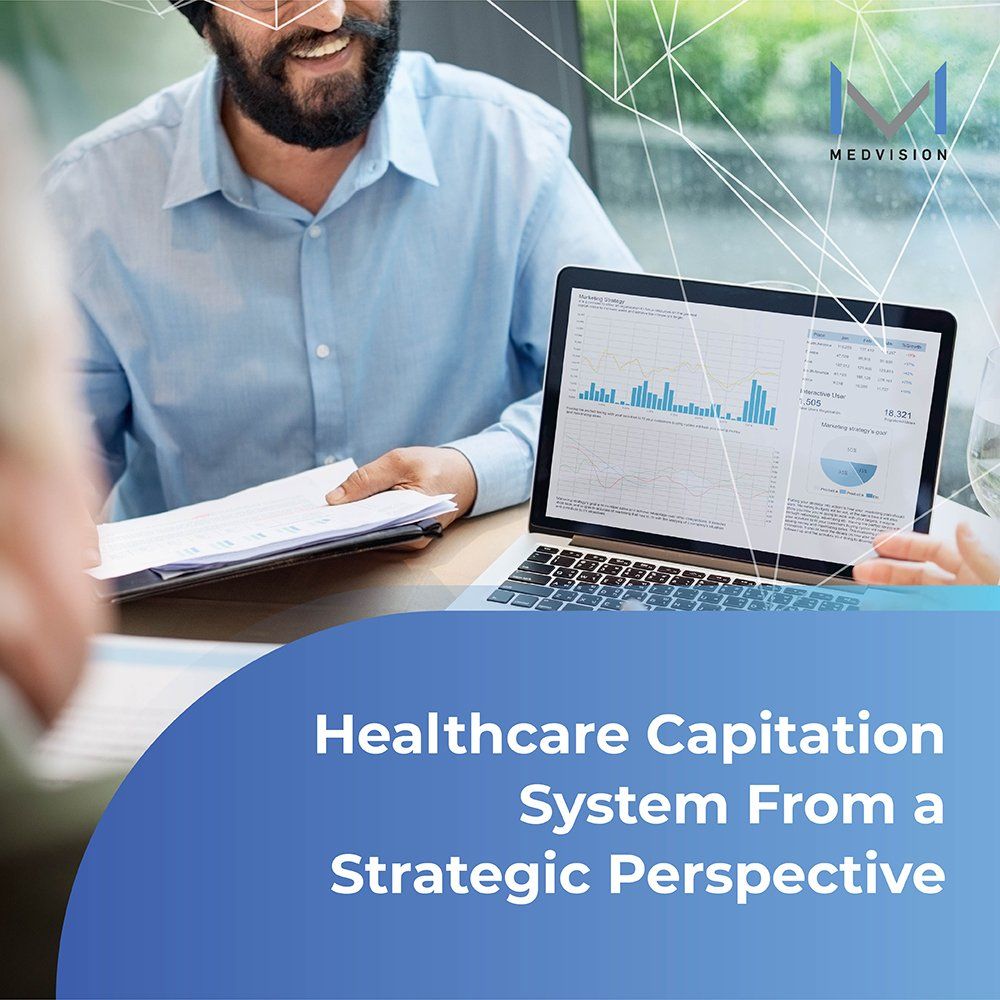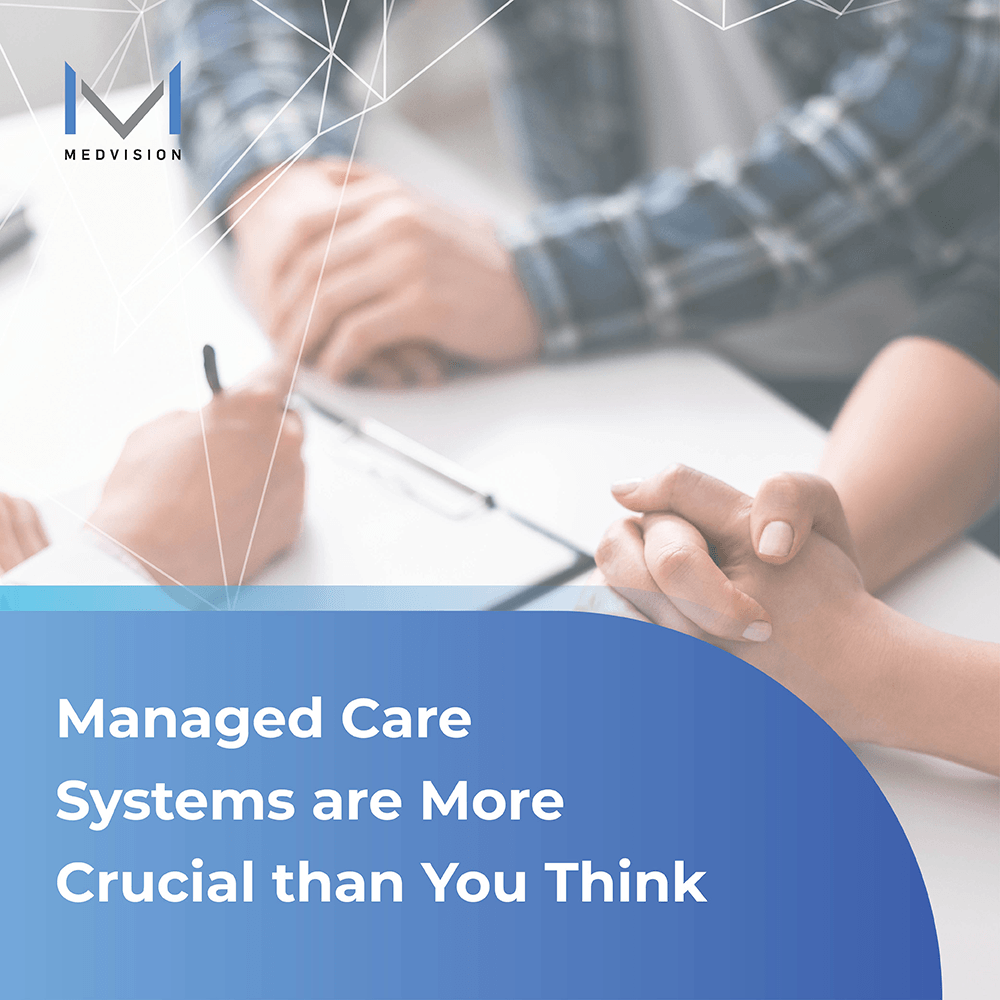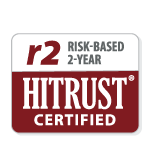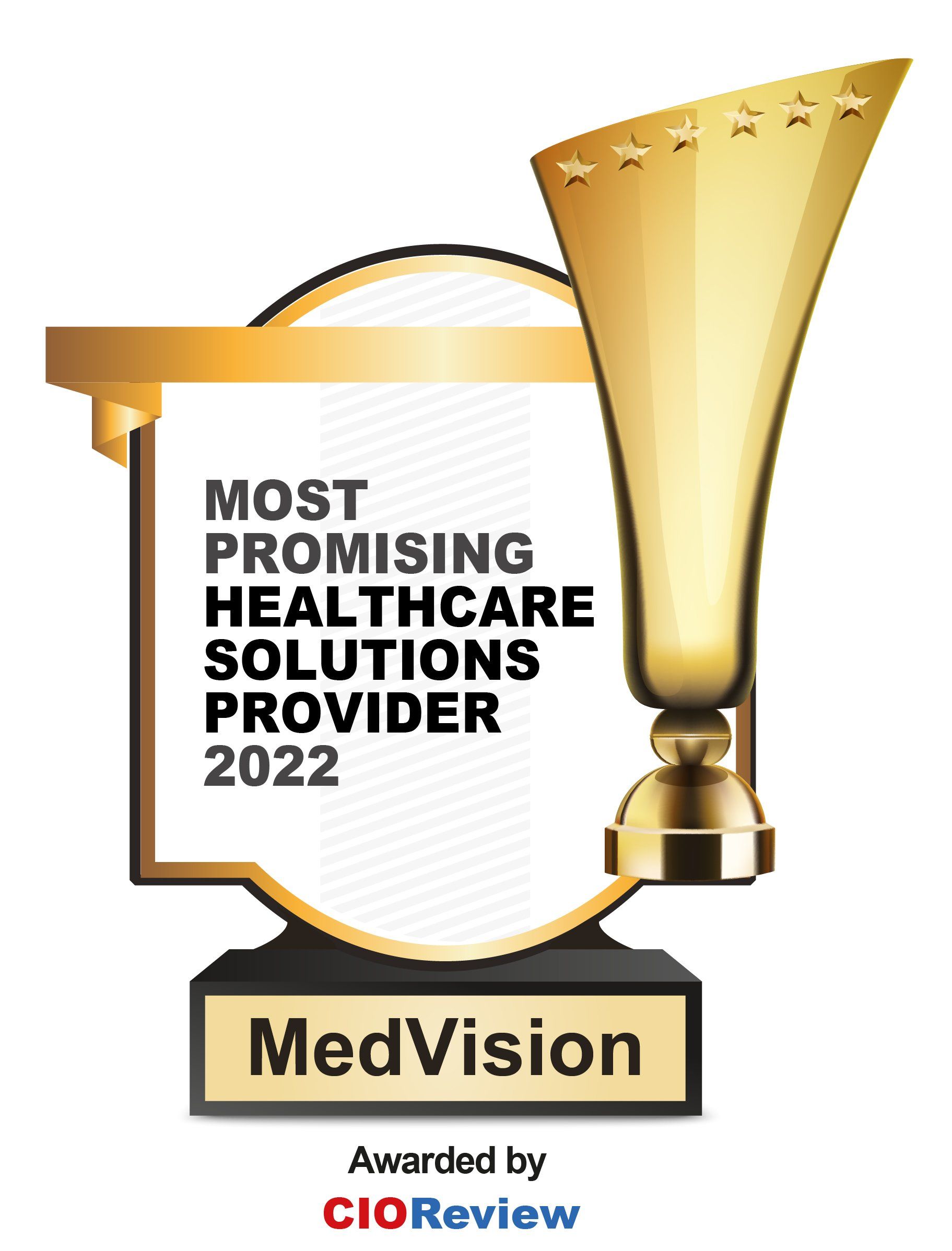Direct Contracting Entity (DCE)
Building new opportunities for healthcare organizations to enter into advanced value-based payment options with CMS
CMS’ DCE Models Enable Providers to Support Quality Care Initiatives and New Risk Management Strategies
The Centers for Medicare & Medicaid Services (CMS) have launched a variety of Alternative Payment Models (APMs) intending to incentivize providers to maintain or improve quality outcomes for traditional Medicare fee-for-service (FFS) beneficiaries, while also reducing their healthcare costs. The latest model is the Direct Contracting Entity (DCE) model, which mirrors these goals and leverages lessons picked up from previous APM models to expand participation to a broader range of medical groups, physician groups, health systems, and risk-bearing organizations.
The DCE program’s lower beneficiary alignment thresholds, financial assurance plan flexibility, and the smaller set of core quality measures offer a unique opportunity for providers that didn’t qualify to participate in other APM programs, like Accountable Care Organizations (ACO). DCE represents an opportunity to apply for a program that aims to reduce administrative burdens and grow patient volume with the potential to gain additional, more predictable, revenue streams.
What are DCEs?
The DCE program is the next evolution of risk-sharing arrangements for organizations seeking to work with CMS as a Direct Contracting Entity (DCE). A Direct Contracting Entity model framework is the performing entity comprised of strategic healthcare providers and suppliers, referred to as “Participating” and “Preferred” Providers, that operate in the program under a common legal structure. The DCE selects which type of payment, population, and risk arrangement options to enter into with CMS, and is financially accountable for the quality and cost of care furnished to its aligned beneficiaries.
To date, several core structures are in play for provider organizations considering a move into the DCE model that includes:
- Standard DCE – Organizations that have substantial experience serving traditional Medicare FFS beneficiaries, including dually-eligible beneficiaries who are aligned to the DCE through voluntary or claims-based alignment.
- New Entrant DCE – Organizations that haven’t typically served traditional Medicare FFS populations and will primarily rely on voluntary alignment, at least in the first few performance years of the model. The claims-based alignment will also be utilized.
- High Needs Population DCE – Organizations that have experience serving traditional Medicare FFS beneficiaries with complex needs, including dually-eligible beneficiaries, who are aligned to the DCE through voluntary or claims-based alignment. Expected to use a model of care designed for managing beneficiaries with complex needs.
Similar to most value-based programs, a DCE’s savings and losses are tied to the annual medical costs of its aligned beneficiaries, which are then measured against each DCE’s financial “benchmark.” CMS calculates benchmarks as a Per Beneficiary Per Month (PMPM) dollar amount which is then risk-adjusted based on the DCE’s selected model, population type, and aligned beneficiaries’ historic claim costs.
Payment Model Options
CMS currently offers two key payment model options for DCE participants to take on risk and earn savings with a third “Geographic” option to be released later this year.
Global Model
Highest risk share (100% of savings/losses) with the option to choose a monthly PCC (mentioned above); or monthly Total Care Capitation (TCC) to cover services provided to align beneficiaries by the DCE’s Participating and Preferred Providers (optional).
Geographic Model
Offers an opportunity for DCEs to assume the total cost of care risk for beneficiaries in a defined target region. However, the release date for this model is still yet to be announced.
Professional Model
Lowest risk share (50% savings/losses) with a monthly Primary Care Capitation (PCC) option to cover primary care services provided to aligned beneficiaries by the DCE’s Participating Providers.
Implementation Timeline
The Global and Professional payment model options are two of the available DCE model frameworks that have started its direct contracting implementation period, and with the first performance period beginning in April 2021. The second round of applications is currently in the process through the end of March 2021and will have an effective beginning date in January 2022.
The first three-year performance period will run from January 1, 2022, through December 31, 2024. A second three-year performance period will run from January 1, 2025, through December 31, 2027.
Criteria for Direct Contracting Applications
CMS designed the Direct Contracting model options to accommodate the variety of provider organizations that may apply. Each DCE model type has unique features that are intended to attract a broader range of participants, such as different risk models, beneficiary alignment requirements, and payment mechanisms. In CMS’ consideration of qualified applicants, applicants must demonstrate an organizational structure that promotes the goals of the models. It will include a diverse set of providers and suppliers who can exhibit a commitment to high-quality care. CMS will assess applications according to the specific criteria in five key domains:
- organizational structure
- leadership and management
- financial plan and risk-sharing experience
- patient-centeredness and beneficiary engagement
- clinical care
QuickCap Operationalizes Your DCE Processes
A comprehensive management platform is essential to a participating DCE’s success. Today, QuickCap (QC7) provides the technological innovation that can propel DCEs to better manage complex, chronic cases and populations and the related value-based revenue streams to best meet the objectives in shared or global risk arrangements. The success in operationalizing a DCE model is met through key functional needs with:
Contracting
Provides a centralized system that enables organizations to define the specifics of provider reimbursement configuration. This enables organizations to have flexibility in its downstream capitation and carve-out structures.
Clinical Alerts
QC7 controls and sets periodic alerts according to a flexible rules-based engine. This allows organizations to monitor and remain ahead of the curve in population health management and mitigating potential risk.
Case Management
Provides risk stratification and management of population segments defining targeted case or disease management programs. Patient and beneficiary management is conveniently maintained through assessment, measurement, and objective-driven workflow configurations.
Communications
Provides embedded communication modules that support instant chat, text, screen share, or video exchange to internal and external care teams within the networked organization and across stakeholders, streamlining access for care, and business operations teams.
Referral and Claim Administration
A robust rules engine that can ingest authorization and claim data whether direct from CMS or other contracted entities, including clearinghouse, HIE, or direct trading partners with auto-adjudication and care coordination functions to streamline line end-to-end processes through payments and electronic distribution of EOBs.
Explore Related Blogs
Connected Healthcare
HITRUST Risk-Based 2-Year Certification Achiever
The Health Information Trust (HITRUST) is a standards organization dedicated to security, privacy, and risk management. They developed the HITRUST Common Security Framework (CSF), which assists organizations in maintaining a comprehensive and secure approach to HIPAA compliance and managing risks. HITRUST is widely recognized as the benchmark in data security and privacy.
Certified Member of HCAA
The Health Care Administrators Association is the nation's largest nonprofit trade association for third-party administrators, stop loss insurance carriers, managing general underwriters, audit firms, medical managers, technology organizations, pharmacy benefit managers, brokers/agents, human resource managers, and health care consultants. HCAA has spearheaded the change of self-funding for more than 35 years.
Share and post page directly to social media.
Ready to get started?
Call us @ 847 - 222 - 1006
LINKS
GET IN TOUCH
3233 N. Arlington Heights Rd.,
Suite 307, Arlington Heights, IL 60004
Phone:
847-222-1006
Fax: 847-222-1066
STAY INFORMED
Subscribe to our blog updates!
Blog Subscription
Than you!
You have successfully subscribe to our blog updates!
Oops, there was an error in sending your message. Please try again later
LINKS
GET IN TOUCH
3233 N. Arlington Heights Rd.,
Suite 307, Arlington Heights, IL 60004
Phone :
847-222-1006
Fax :
847-222-1066
STAY INFORMED
Subscribe to our blog updates!
Blog Subscription
Than you!
You have successfully subscribe to our blog updates!
Oops, there was an error in sending your message. Please try again later
Medvision | All Rights Reserved.









